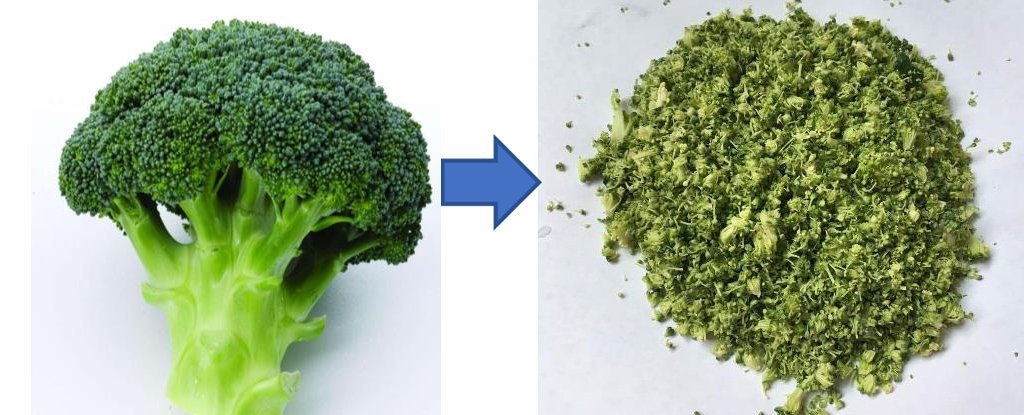In recent years, broccoli has gained a reputation as an excellent vegetable due to its high content of sulforaphane, a particularly valuable compound.
With some studies showing that this compound plays a role in blood sugar control and may even have anti-cancer effects, it’s no wonder that broccoli pills are on the rise.
However, a 2011 study showed that eating the whole vegetable resulted in more sulforaphane absorption than taking a supplement, so a team of Chinese researchers decided to find out the best way to prepare broccoli.
They came to a clear winner and published their results in 2018 in the Journal of Agricultural and Food Chemistry – but that’s a hard sell when you have better things to do with your time.
But there is a method behind this madness. Sulforaphane is not simply sitting in the broccoli florets ready to be eaten. Instead, the vegetable contains several compounds known as glucosinolates.
It also contains the enzyme myrosinase, which plants have developed to defend themselves against pests. The so-called “myrosinase activity” converts the glucosinolates into sulforaphane, which is exactly what we want.
To get myrosinase activity going, you have to damage the broccoli, so you might think cooking would do the trick.
Unfortunately, studies have shown that common broccoli cooking methods such as boiling and microwaving can seriously reduce the amount of glucosinolates in the vegetables – even if you only zap them for a few minutes. And myrosinase is also extremely sensitive to heat.
So by far the greatest amount of sulforaphane you can get from broccoli is when you eat the raw florets. Yuck.
This led the research team to think about the effects of stir-frying – by far the most popular method of preparing vegetables in China.
“Surprisingly, there are few methods to determine the concentrations of sulforaphane in fried broccoli, and to our knowledge no report has addressed the stability of sulforaphane during frying,” the researchers noted in their study.
The team bought a bunch of broccoli from the local market and got to work, measuring the concentration of chemical compounds in the vegetable.
First, they pulverized the broccoli by chopping it into 2-millimeter pieces to stimulate as much myrosinase activity as possible (remember, the activity occurs when the broccoli is damaged).
They then divided their samples into three groups – one was left raw, one was fried for four minutes immediately after mincing, and the third was minced and then left for 90 minutes before also being fried for four minutes.
The 90-minute wait should show whether the broccoli has more time to develop the beneficial compounds before being lightly cooked.
And that’s exactly what the team found: The broccoli that was fried immediately contained 2.8 times less sulforaphane than the broccoli that was allowed to “ripen” for longer.
“Our results suggest that you should let broccoli florets rest for about 90 minutes after chopping before cooking them,” the team concluded, adding that they hadn’t tested it but thought “30 minutes would also be helpful.”
We’re not sure we want to go through all that effort, though. The team says they’re looking for ways to reduce the amount of chopping, so stay tuned—or just eat raw broccoli.
The study was published in Journal of Agricultural and Food Chemistry.
An earlier version of this article was published in February 2018.


:quality(70):focal(810x890:820x900)/cloudfront-us-east-1.images.arcpublishing.com/shawmedia/KEF65CKAKVHCDOZ6MMQVCERCEY.jpg)

